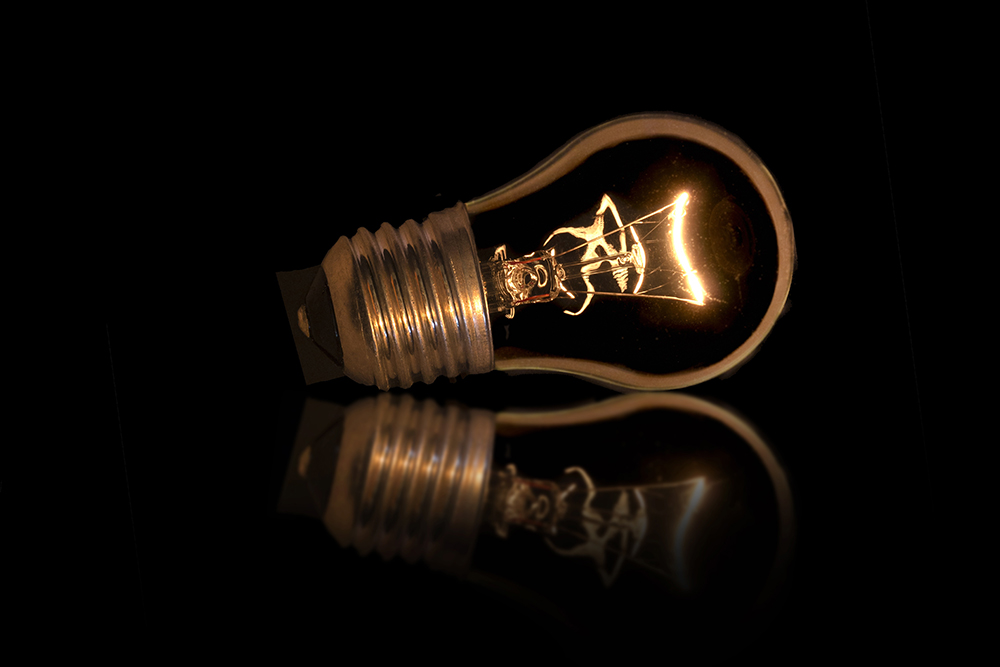Each year, over 486,000 individuals were seen in emergency departments, minor emergency clinics or physician’s offices for the treatment of a burn injury in the United States and Canada. In 2016 alone, there were 3,390 recorded deaths from fire and smoke inhalation injuries. The majority of these injuries were preventable. This is why the American Burn Association and its Burn Prevention Committee wants to bring awareness to the cause of such devastating and costly injuries and encourage the public to make simple environmental and behavioral changes that have proven to mitigate this problem.
Primary causes of burn injury include fire-flame, scalds, contact with hot objects, electrical and chemicals.
Here are some tips to help prevent burn-related injuries.
At work:
- Wear special personal protective equipment when handling electrical equipment, such as rubber insulating gloves and sleeves. Helmets designed to withstand certain amounts of alternating current (ANSI, Class B helmets) are also suggested. Tinted protective eyewear is also helpful to prevent injuries due to the occasional discharges or arcs.
- If using a ladder, try using a fiberglass link, providing isolation so that electricity does not have a link to the ground. Alternatively, cover the top half sliding section with an insulating, nonconducting material like Teflon.
- Fused leads multimeters can be effective in preventing most common user errors and electrical burn injuries caused by multimeters.
- Implement a burn prevention program in the workplace.
- Deenergize using an effective lockout/tagout procedure
At home:
- Use three-prong plugs when possible as the third prong helps to ground the electrical current.
- Periodically, check electrical plugs and cords for dirt or fraying and that power extension cables have not been knotted.
- Do not overload electrical outlets by plugging too many appliances into the same outlet, extension cord, or power strip.
- Check the wattage of all bulbs used in lighting fixtures to ensure that they are the correct wattage for the device.
- Keep hot liquids away from the edges of tables, stoves, and other surfaces.
- Create a safe zone of at least 3-foot from any stoves, ovens, etc.
- Check smoke detector batteries and clean your smoke detector often.
For more information about preventing burns or National Burn Awareness Week, visit the American Burn Association at www.ameriburn.org

![Figure 1 – [Twist-on connectors specifically designed for copper-clad aluminum splicing. Image Credit: IDEAL Electrical]](https://iaeimagazine.org/wp-content/uploads/2025/08/Fig1_CCATwister.png)










Find Us on Socials